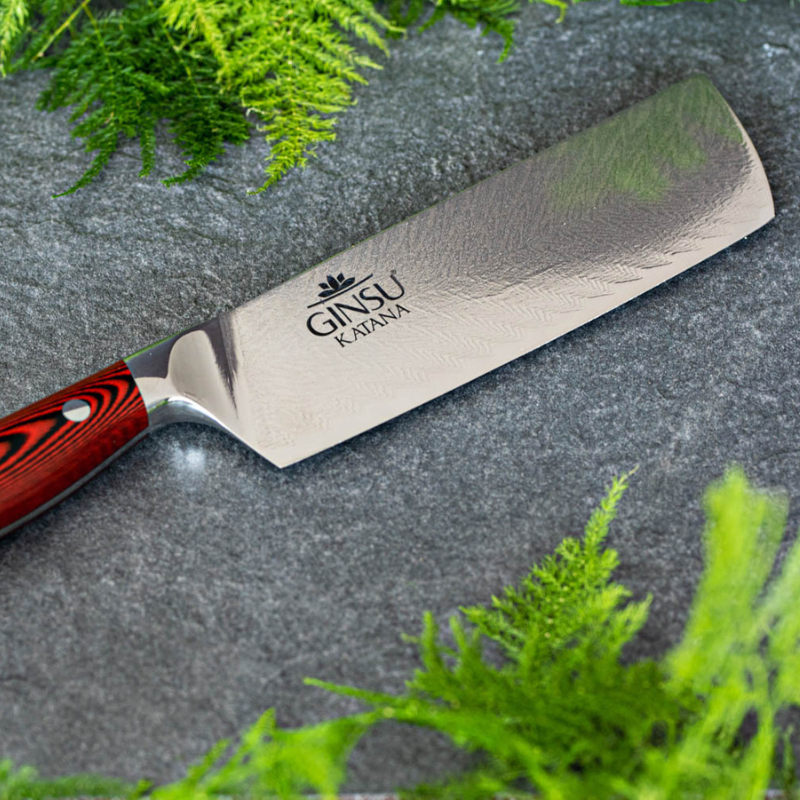

which knife should i use?
Knowing which knife to use for each specific purpose is what separates the experts from the amateurs. Take your cutlery skills to the next level by understanding each knife and what it was specifically designed to do.
INTENTION
Traditionally each knife has a very specific use and purpose. Knowing how each knife is intended to be used is the mark of a true chef. When purchasing your first quality Japanese kitchen knife you should concentrate on buying a knife that fits your hand comfortably and is easy to use. Different styles of blades are a necessity in each kitchen, as each is built for specific tasks. Reflect on your personal style of cooking to know which knives will work best for you. Before you know it, you'll have a perfectly customized knife set in your very own kitchen!

Before purchasing a kitchen knife, consider the following
- What kind of knife do you want to have? Think of the types of dishes you prepare most frequently.
- What size of kitchen knife do you want?
- Does the blade need to be made of high-grade material? Think of your personal cooking style.
- What is the premium you are willing to pay for a quality kitchen knife?

Keep in mind what you are preparing, and how you are preparing it.
If you want a multi-purpose knife for cutting larger quantities of meat, fish and vegetables, the Gyuto/Chef's Knife is an excellent choice.
If you prefer a shorter blade, for general cutting, dicing and chopping, Santoku knives are the way to go.
An even more vegetable-oriented knife is the Nakiri, perfect for precision cutting, slicing, dicing, and mincing.
Kitchen knives best suited for large pieces of meat and fish are Yanagiba and the wider Gyuto.

CHOOSING A BLADE
Sharpness is key in cutting without using force.
For cutting bones, slicing or filleting fish, a thinner and more sensitive blade is ideal. For these situations, consider the Santoku, Yanagiba, Nakiri, or Petty knives.
For more difficult tasks that need a suitably thicker kitchen knife similar to a cleaver, we recommend the Gyuto or Deba knives.
HOW TO PROPERLY HOLD A KNIFE:
Proper Grip:
The Index finger and thumb should be opposite each other on either side of the blade while the remaining three fingers are loosely curled around the handle for support. You should be gripping the knife mainly with the thumb and forefinger.
Guide Hand:
Make sure to keep your fingers tucked away and curled inward, gripping the food with the fingernails to keep your fingers out of harms way. The side of the knife blade should rest against the first knuckle of the guide hand.
Alternate Grip:
With the alternate claw grip, the knife rests against the second knuckle rather than the first.




